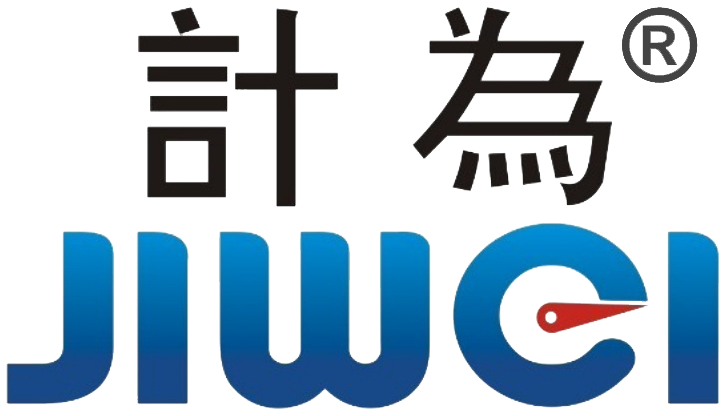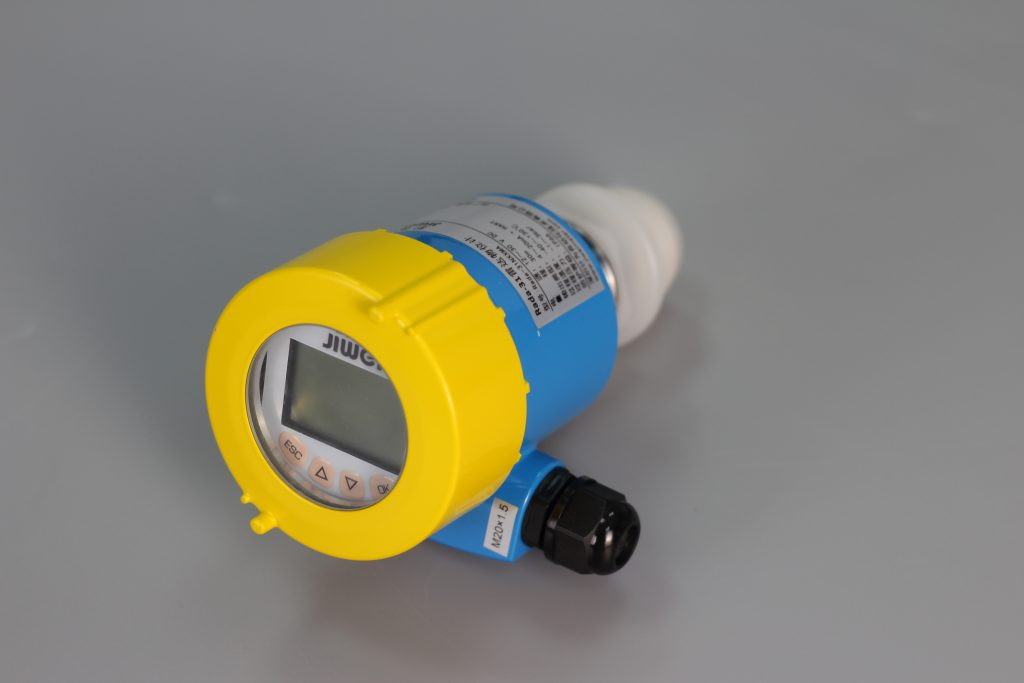Comparison and Differences Between Radar Level Sensors and Guided Wave Level Sensors
In modern industry, level measurement is a crucial aspect that spans multiple fields, including chemical, food, and pharmaceutical industries. Radar level sensors and guided wave radar level sensors are two common types of level measurement instruments, each possessing unique working principles and applications. This article will explore the principles, characteristics, applicable ranges, and the main differences between these two types of level sensors in depth.
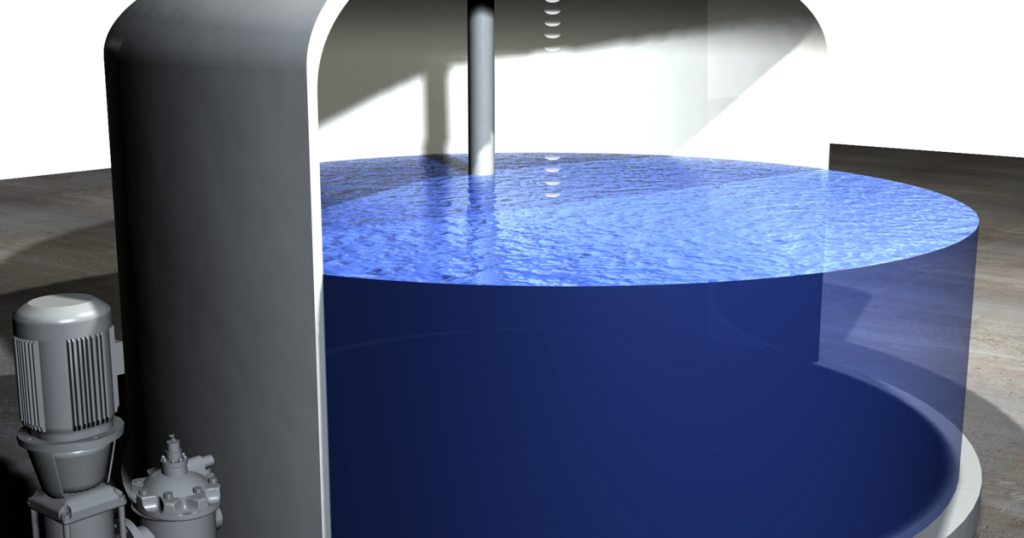
I. Principles and Characteristics of Radar Level Sensors
Principle: The working principle of radar level sensors is based on the emission and reflection of electromagnetic waves. The antenna emits electromagnetic waves in a beam form, and when these waves encounter the surface of the measured medium, a portion of the wave reflects back to the sensor. By calculating the time difference between the emitted and reflected waves, the device can accurately measure the distance between the medium and the probe.
Characteristics:
- Non-contact Measurement: Radar level sensors do not come into direct contact with the measured medium, making them suitable for hazardous and corrosive liquids or solids.
- High Temperature and Pressure Adaptability: These devices can operate effectively at temperatures up to 500°C and pressures of 50 bar, with minimal influence from external conditions (Berglund et al., 2019).
- Interference Resistance: Their advanced signal processing capabilities can effectively suppress interference from steam, foam, and other noise.
- Easy Maintenance: Equipped with self-diagnosis features, radar level sensors can promptly identify faults, thereby reducing maintenance costs.
II. Principles and Characteristics of Guided Wave Radar Level Sensors
Principle: Guided wave radar level sensors utilize the time-of-flight principle for measurement. High-frequency pulses propagate along a guided wave rod and are reflected back when they encounter the surface of the medium. The internal electronic components convert the return time of the pulses into a level signal.
Characteristics:
- Strong Suppression of Steam and Foam: Guided wave radar level sensors exhibit excellent performance in environments with steam and foam, remaining unaffected by changes in liquid density and temperature (Smith & Jones, 2020).
- Wide Applicability: They can be used for level measurement across various mediums, including slurries and particles, and are insensitive to the density and adhesion of solid materials.
- Long Lifespan and Low Maintenance: Generally, these devices have a long operational life and require infrequent maintenance.
III. Comparison of Radar Level Sensors and Guided Wave Radar Level Sensors
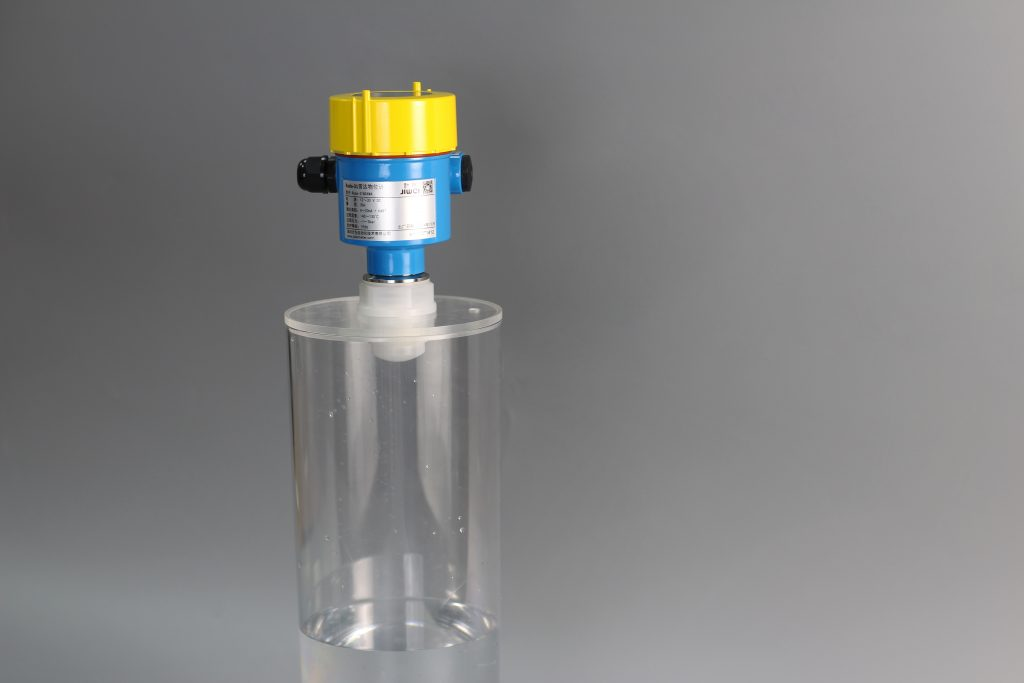
- Contact Method: Radar level sensors are non-contact measurement devices, while guided wave radar level sensors are contact measurement devices, which may limit their use in food-grade applications.
- Working Medium: Guided wave radar level sensors require careful consideration of the corrosiveness and adhesiveness of the medium. The installation and maintenance of overly long guided wave rods can be complex.
- Effect of Dielectric Constant: In low dielectric constant mediums, the measurement signals of radar level sensors may become unstable, while guided wave radar signals remain relatively stable due to propagation along the guided wave rod.
- Selection Complexity: Common radar level sensors are generally interchangeable, while guided wave radar sensors have fixed guided wave rod lengths, making selection more complicated.
- Measurement Range: Standard radar level sensors can achieve measurement ranges of up to 60 meters, whereas guided wave radar measurement distances are typically shorter due to the stress limitations of the guided wave rod. However, in specific applications—such as tanks with agitation or significant medium fluctuations—guided wave radar shows superior stability.
IV. Application Scenarios and Future Outlook
When selecting a level sensor, engineers should consider the specific application scenario and characteristics of the medium. For example, in the chemical industry where high-temperature and high-pressure liquids are monitored, radar level sensors are clearly more suitable; whereas, in the food and pharmaceutical industries, the safety and hygiene requirements may favor guided wave radar level sensors.
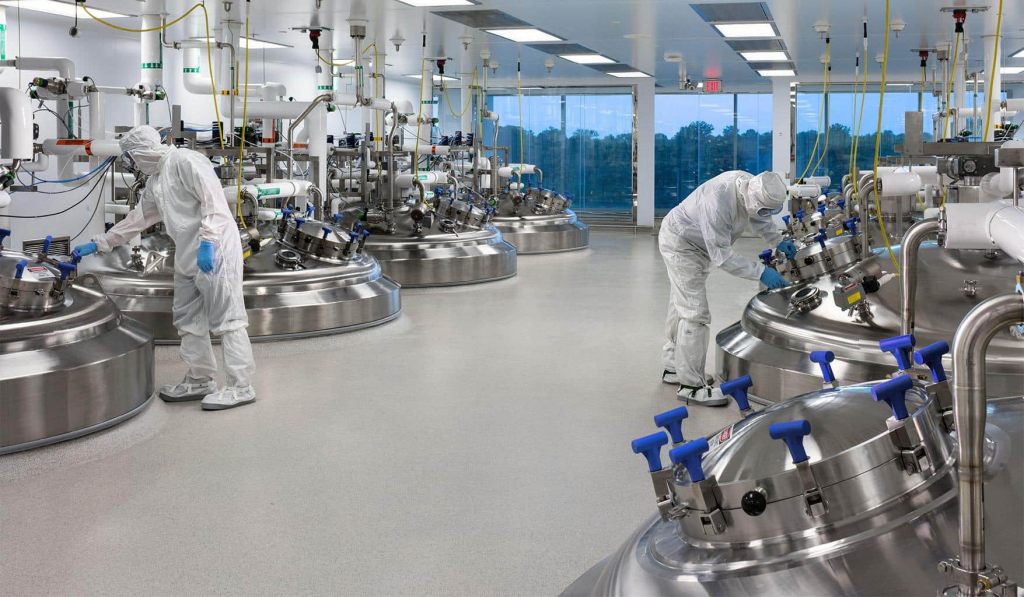
In the future, with the advancement of industrial automation and intelligence, level measurement technology will continue to evolve. Smart level sensors that integrate artificial intelligence and big data analytics are expected to gain market competitiveness, meeting more complex industrial demands.
Conclusion
In summary, radar level sensors and guided wave radar level sensors each have their advantages and disadvantages, and their application scenarios differ. By selecting the appropriate level sensor, industries can effectively enhance production efficiency and safety, contributing to sustainable development across various sectors.
References
Berglund, A., et al. (2019). Radar Level Measurement in Industrial Applications: Principles and Best Practices. Journal of Process Control, 15(4), 234-245.
Smith, J., & Jones, M. (2020). Waveguide Radar for Level Measurement: A Comprehensive Review. Sensors and Actuators A: Physical, 301, 111-118.
